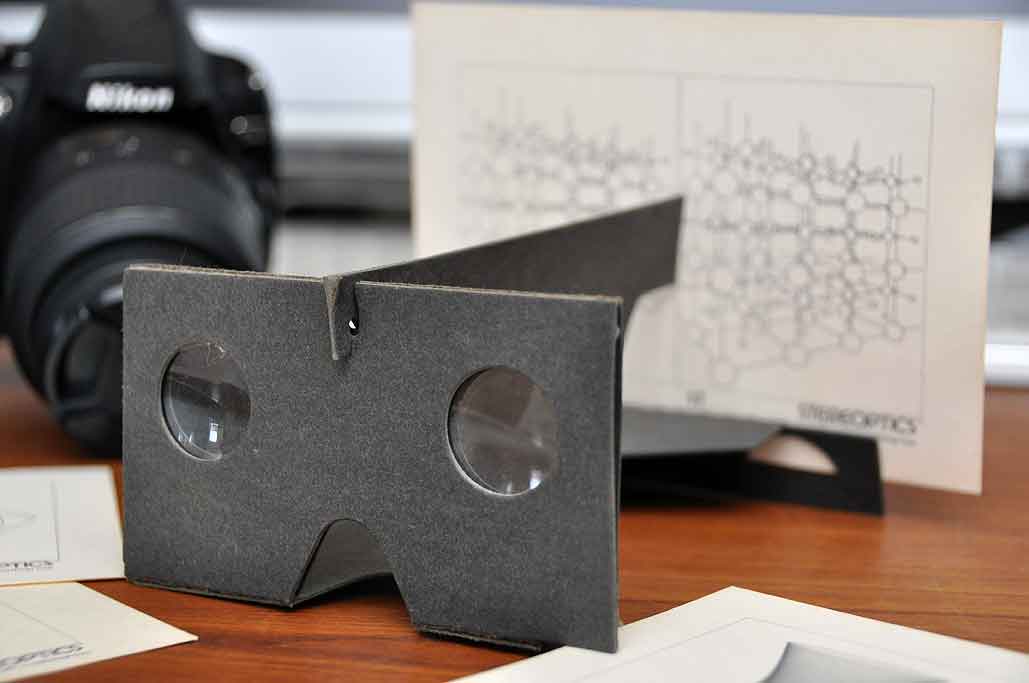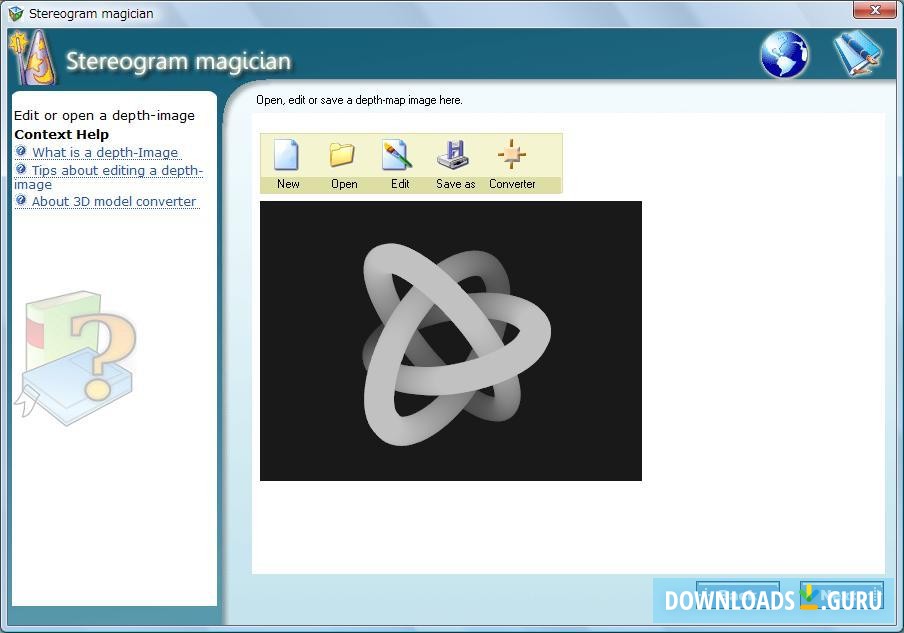

- ONLINE STEREOGRAM READER SKIN
- ONLINE STEREOGRAM READER FULL
- ONLINE STEREOGRAM READER REGISTRATION
- ONLINE STEREOGRAM READER PROFESSIONAL
- ONLINE STEREOGRAM READER FREE
In Photoshop, for example, a function called "screen" in the "layers" (F7) option allows the two filtered layers to be combined transparently on top of each other, although the compositing can also be done by pasting the selected channels.
ONLINE STEREOGRAM READER REGISTRATION
The two images are usually positioned in the compositing phase in close overlay registration (of the main subject). The right eye image is filtered to remove red.

In recent simple practice, the left eye image is filtered to remove blue & green. Simple, low cost programs, dedicated to anaglyph creation, are also available.
ONLINE STEREOGRAM READER FREE
Various websites offer free instruction related to 3D for Photoshop. They do not provide instruction for anaglyph in their basic documentation.
ONLINE STEREOGRAM READER PROFESSIONAL
Popular professional programs such as Adobe Photoshop provide the basic digital tools for processing of anaglyphs. (To bypass Gibson's patent some companies produce red/cyan-glasses with the colors on the wrong sides.) "Deep Vision"-spectacles have the red filter over the right (!) eye and the cyan over the left. These colors cover the entire visible spectrum, providing more natural color. Since the 1970s Stephen Gibson offers his patented "Deep Vision" system using cyan instead of green filters. As outlined below, one may now, typically, use an image processing computer program to simulate the effect of using color filters, using as a source image a pair of either color or monochrome images. In historical methods using camera filters, on film, two images from the perspective of the left and right eyes were projected or printed together as a single image, one side through a red filter and the other side through a contrasting color such as blue or green or mixed cyan. The first method to produce anaglyph images was developed 1853 by Wilhelm Rollmann, a German, in Leipzig.

ONLINE STEREOGRAM READER FULL
Practical images, for science or design, where depth perception is useful, include the presentation of full scale and microscopic stereographic images. Video games, theatrical films, and DVDs can be shown in the anaglyph 3D process.

ONLINE STEREOGRAM READER SKIN
There is a material improvement of full color images, with the cyan filter, especially for accurate skin tones. The cheaper filter material used in the monochromatic past, dictated red and blue for convenience and cost. The current norm is red and cyan, with red being used for the left channel. Low cost paper frames or plastic-framed glasses hold accurate color filters that typically, after 2002, make use of all 3 primary colors. The visual cortex of the brain fuses this into perception of a three dimensional scene or composition.Īnaglyph images have seen a recent resurgence due to the presentation of images and video on the Internet, Blu-ray HD disks, CDs, and even in print. When viewed through the "color coded" "anaglyph glasses", they reveal an integrated stereoscopic image. The picture contains two differently filtered colored images, one for each eye. Usually the main subject is in the center, while the foreground and background are shifted laterally in opposite directions. Images are made up of two color layers, superimposed, but offset with respect to each other to produce a depth effect. Anaglyph images are used to provide a stereoscopic 3D effect, when viewed with 2 color glasses (each lens a chromatically opposite color, usually red and cyan).


 0 kommentar(er)
0 kommentar(er)
